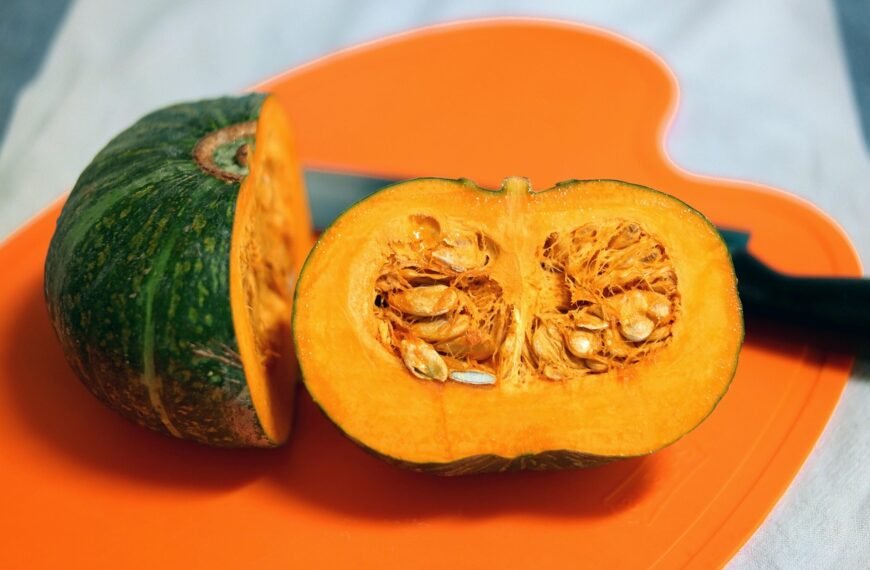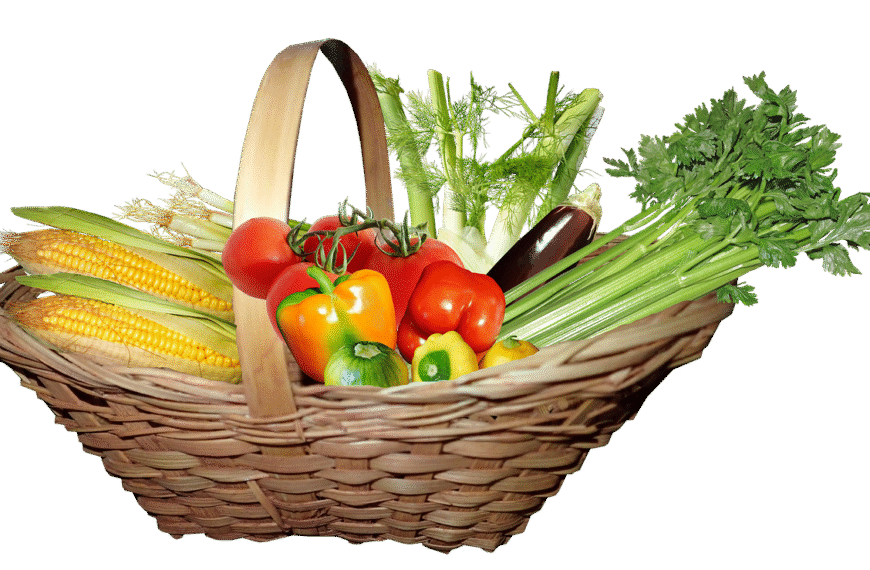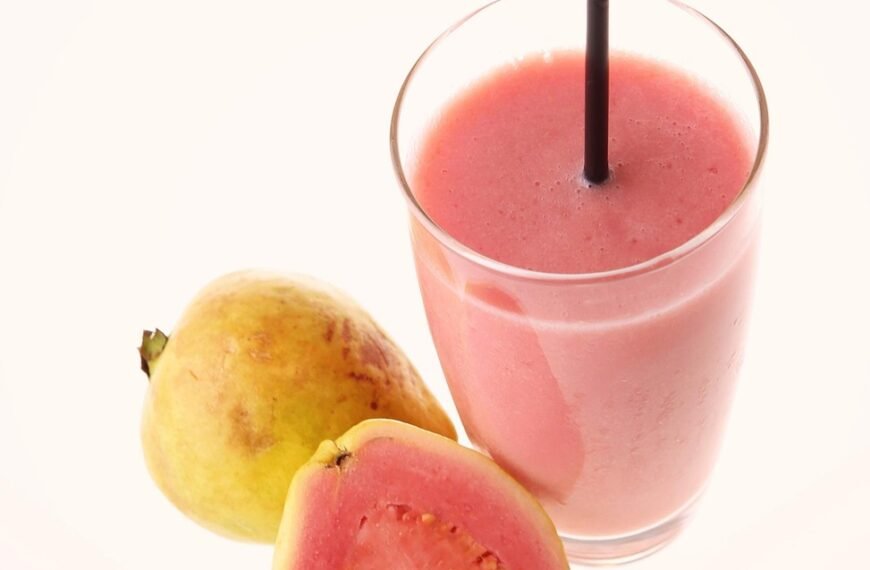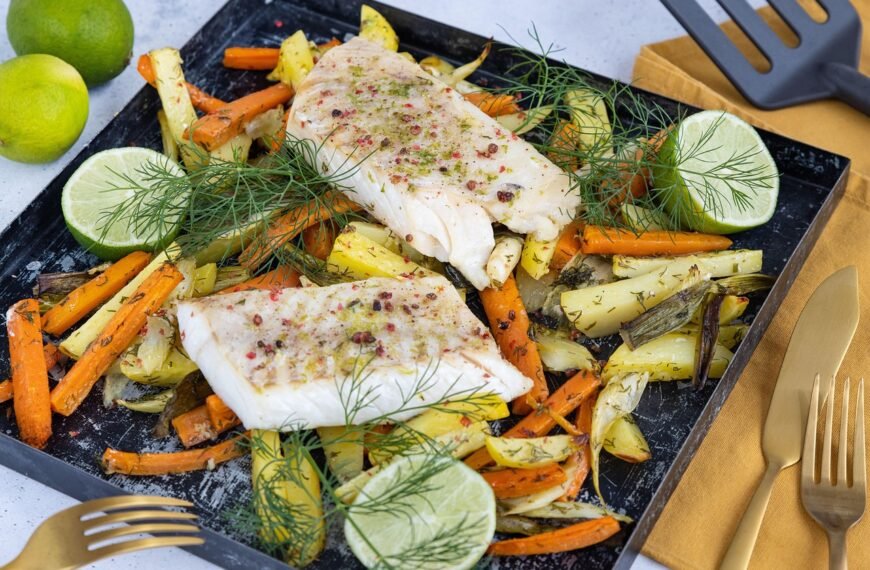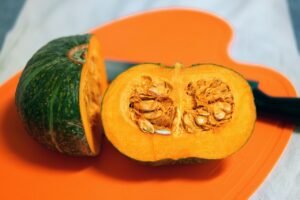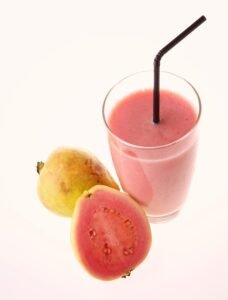Instead of discarding the nutrient-rich peels of bananas, oranges, and other fruits and vegetables, here are five creative ways to make the most of them.
It may seem strange to throw away a third of a banana every time you eat one. But that’s exactly what happens when we discard the peel, which accounts for about one-third of the fruit’s total weight. Similarly, orange peels make up roughly 20% of the fruit, and in 2018 alone, approximately 15.1 million tonnes of orange peel were generated worldwide—equivalent to nearly 80,000 blue whales or 2,500 giant redwoods.
Globally, about one-third of food is lost or wasted, amounting to 1.3 billion tonnes annually. Food waste contributes to 8% of global greenhouse gas emissions—more than triple the aviation industry’s output. Organic matter decomposing in landfills releases large amounts of methane, a greenhouse gas 80 times more potent than CO2 over a 20-year period. Composting food waste instead of sending it to landfill can help, but much of what we consider waste is actually edible.
The food industry is increasingly exploring ways to utilize the nutrients and energy in discarded peels, but there are many simple ways to do this at home as well. From using banana peels in breakfast loaves to turning orange peels into marmalade, here are five creative ways to repurpose fruit and vegetable scraps.
1. Orange Peel – Homemade Marmalade and Candied Peel

After the holiday season, journalist Isabelle Gerretsen found herself with a surplus of oranges and decided to make marmalade. She followed a BBC Good Food recipe that required just three ingredients: Seville oranges, lemon juice, and granulated sugar. The process involved simmering the oranges for two hours, straining the pulp to release pectin (a natural thickener), and boiling the mixture with sugar. Though her marmalade turned out runny, she found a delicious new breakfast option—marmalade with Greek yogurt.
She also experimented with candied orange peel by boiling the peel three times to remove bitterness, then simmering it in sugar syrup. The result? A tasty, sweet snack and a delicious orange syrup that she now uses as a cordial.
2. Pineapple Peel – Tepache, a Fermented Mexican Beverage

Pineapple waste—including the rind and core—can be transformed into tepache, a traditional Mexican fermented drink. Lucy Sherriff made tepache by washing, peeling, and coring a pineapple, then combining the scraps with warm water and unrefined cane sugar in a jar covered with cheesecloth. After fermenting for 24-36 hours at room temperature, the result was a lightly alcoholic, probiotic-rich beverage.
Sherriff recommends experimenting with flavors by adding ginger or lime—but only after fermentation, as acid can slow the process.
3. Ginger Peel – A Hidden Nutritional Powerhouse
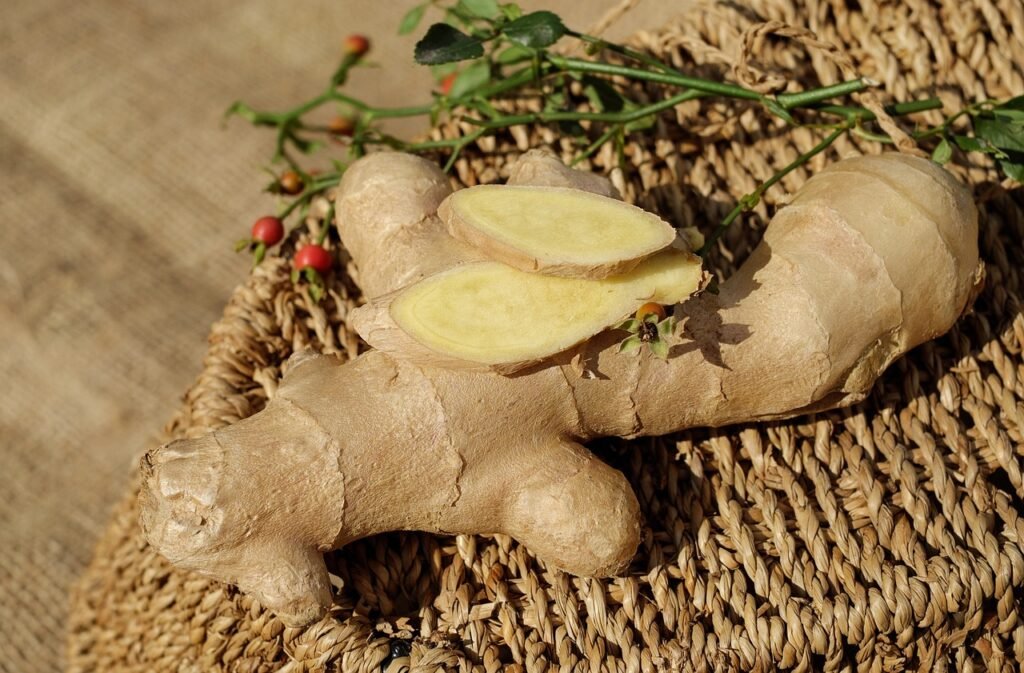
Ginger peel contains bioactive compounds with antioxidant, antimicrobial, and anticancer properties. It is also rich in fiber and vitamins like vitamin C, calcium, and iron. Instead of discarding it, Sherriff suggests:
- Using ginger with its peel in recipes.
- Adding peels to soups for extra flavor (removing before serving).
- Boiling peels to create a ginger broth for smoothies, cocktails, or steaming vegetables.
- Roasting and grinding the peel into a spice powder for cooking or tea.
Tip: Try peeling ginger with a teaspoon rather than a peeler to reduce waste.
4. Butternut Squash Peel – Homemade Crisps and Roasted Seeds

Most recipes call for peeling butternut squash, but both the skin and seeds are edible. Jocelyn Timperley set out to make crispy homemade squash chips. She carefully peeled a butternut squash and roasted the skins and seeds with olive oil, salt, paprika, and chili flakes in an air fryer for 20 minutes. The result? A delicious, crunchy snack.
Although the process felt time-consuming, Timperley found it rewarding and recommends saving tougher peels in the freezer for homemade vegetable stock.
5. Onion Peel – A Flavorful and Nutrient-Packed Addition

The papery skin of onions is usually discarded, but it contains antioxidants and can add depth to dishes. Some creative uses include:
- Adding peels to homemade broth or stock for extra flavor.
- Drying and grinding them into a powder to use as a seasoning.
- Infusing oil with onion skins for a rich, aromatic taste.
Rethinking Food Waste
By repurposing fruit and vegetable peels, we can reduce food waste, minimize environmental impact, and unlock a wealth of hidden nutrients. Whether making marmalade, fermenting tepache, or roasting butternut squash skins, there are countless ways to turn “waste” into culinary gold.
Next time you’re about to toss a peel, consider how it might become your next tasty and nutritious ingredient!


